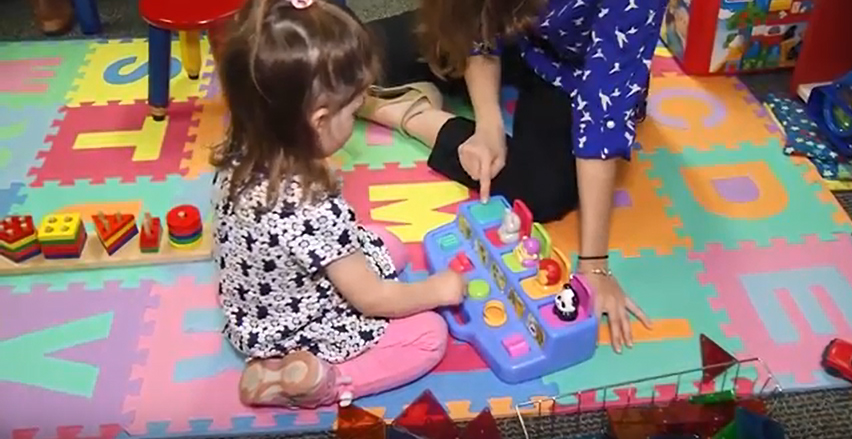PHILADELPHIA, Pa. (Ivanhoe Newswire) — Learning about fractions can be difficult for the average second or third grader. A new study at Temple University might ease their math anxiety. The research suggests there may be a better way to teach fractions, rather than the traditional method of using a pie shape and shading it.
One of the first things children master along with their ABCs are their one, two, threes. But when children move beyond whole numbers and are introduced to fractions, understanding parts of a whole, such as one-fourth versus two-thirds, it can be tricky. Temple University psychology researchers ran a study with 114 second and third graders to determine whether using a number line, rather than dividing a circle and shading it, makes it easier for kids to understand what fractions represent.
Elizabeth Gunderson, PhD, an assistant professor of psychology at Temple University told Ivanhoe, “One group had a 15 minute fraction lesson about how to place fractions onto a number line. The second group had a lesson about how to shade a circle into fractions and the third group got a control condition, which was just doing crossword puzzles. We wanted to see if they weren’t doing anything to teach them fractions, how they would do.”
This led researchers to determine that number lines are powerful tools for early learners of fractions.
Gunderson said, “It’s organized from left to right and the kids already have some idea about how the smaller numbers go on the left and larger numbers go on the right. They might have those ideas from working with whole numbers and now they can apply that from left to right, smaller to larger, to understand how fractions are related to each other in terms of their size.”
To support their children’s learning, it’s important for parents to work fractions into their daily lives. Think about baking; show kids the size difference between cutting one-quarter of a stick of butter for cookies and one-third of a stick of butter, much like a number line.
Researchers say early understanding of math concepts like fractions predicts greater student success in grades four and five.
Contributors to this news report include: Cyndy McGrath, Supervising Producer; Donna Parker, Field Producer; Milvionne Chery, Assistant Producer; Bob Walko, Editor; Kirk Manson, Videographer.
Produced by Child Trends News Service in partnership with Ivanhoe Broadcast News and funded by a grant from the National Science Foundation.

